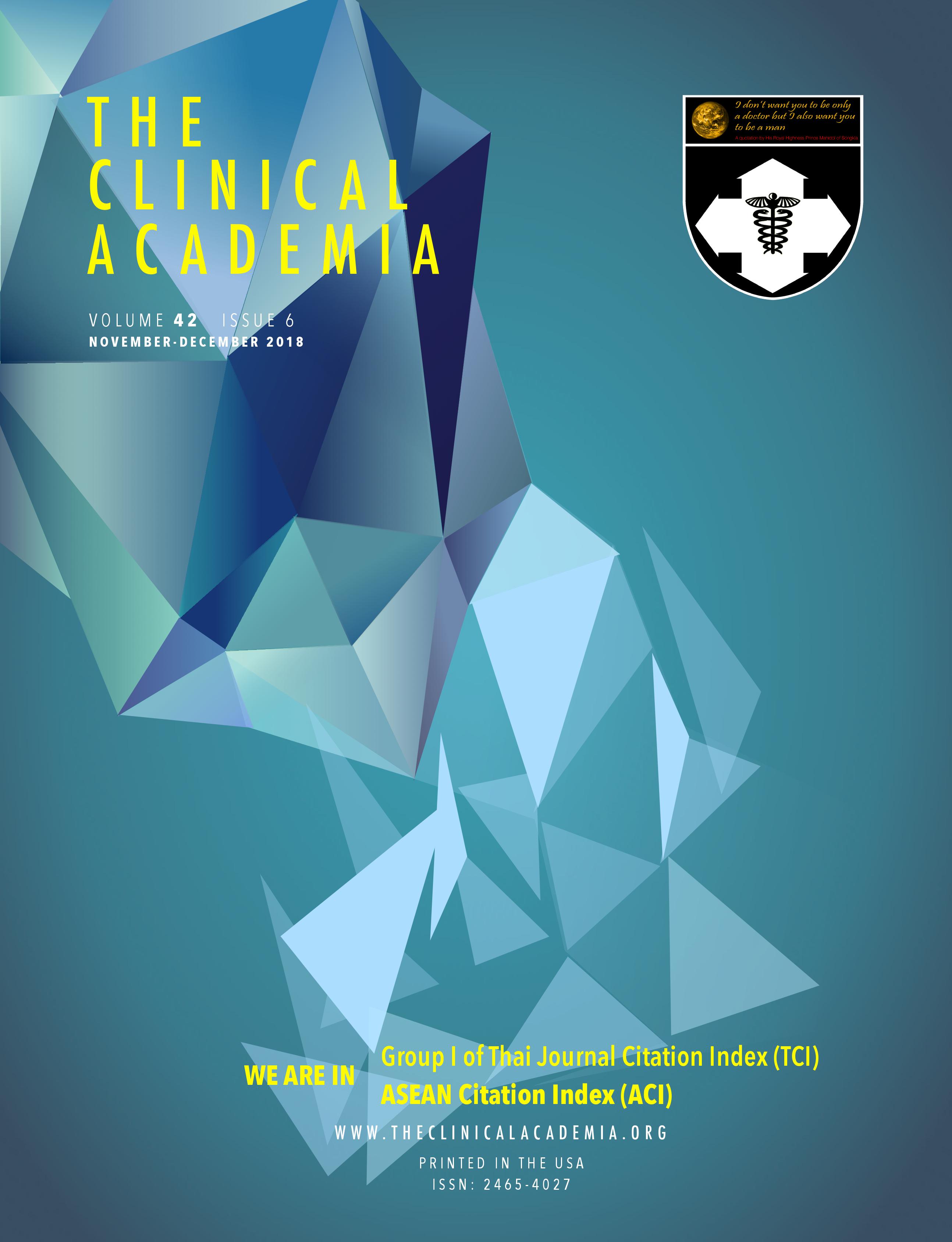Efficacy of single dose compared with extended dose itraconazole in pityriasis versicolor: a systematic review
Abstract
OBJECTIVE
To compare the efficacies of a single dose and the extended dose of itraconazole to identify the optimal dose of the drug for treating extensive Pityriasis versicolor (PV).
METHODS
Three authors independently searched electronic databases including the Cochrane Library, Pubmed, Scopus, and Trip Database. The other resources that we searched included google scholar and hand searching was also performed. We individually screened titles and abstracts for randomized controlled trials (RCTs) carried out between 1950 and 2015 comparing a single dose of itraconazole (400 mg oral) and extended dose (200 mg/ day oral 5 to 7 days) of itraconazole for extensive PV. Our primary outcome was the clinical cure; disappearance of skin lesions by Wood’s lamp examination. The secondary outcome was negative hyphi from mycological results.
RESULTS
We included 4 RCTs carried out between 2002 and 2012 with 287 patients with extensive PV; 94 participants in a single dose of itraconazole (400 mg oral), 95 participants in extended dose and 98 participants received other regimens. Comparing between efficacy of single dose of itraconazole and that of extended dose of itraconazole for extensive PV, the meta-analysis showed that the former had similar rate of patients with clinical cure as that of the latter (61.7% vs. 85.3%; relative risk (RR), 0.67; 95% confidence interval (CI), [0.42 to 1.09]; I2=86%). For the secondary outcome, the former had a similar rate of patients with negative hyphi evaluated at 4th to 6th week as that of the latter (60.8% vs. 78.9%; RR 0.77, 95% CI [0.50 to 1.20]; I2 = 75%).
CONCLUSION
A single dose of itraconazole had a similar rate of clinical cure as the extended dose of itraconazole. However, due to high heterogeneity, a larger double-blind RCTs comparing single dose and the extended dose of itraconazole in patients with extensive PV should be conducted.



